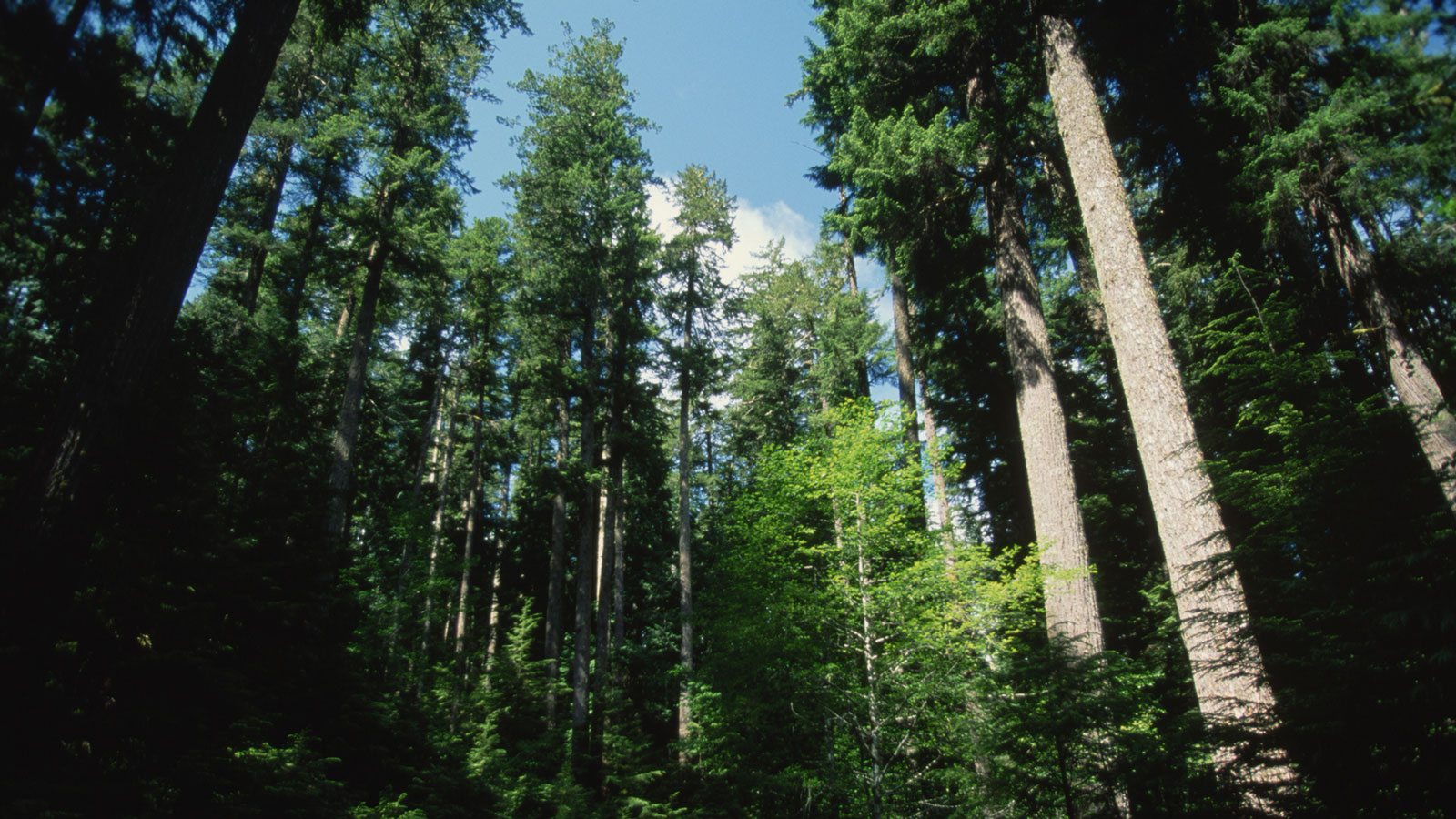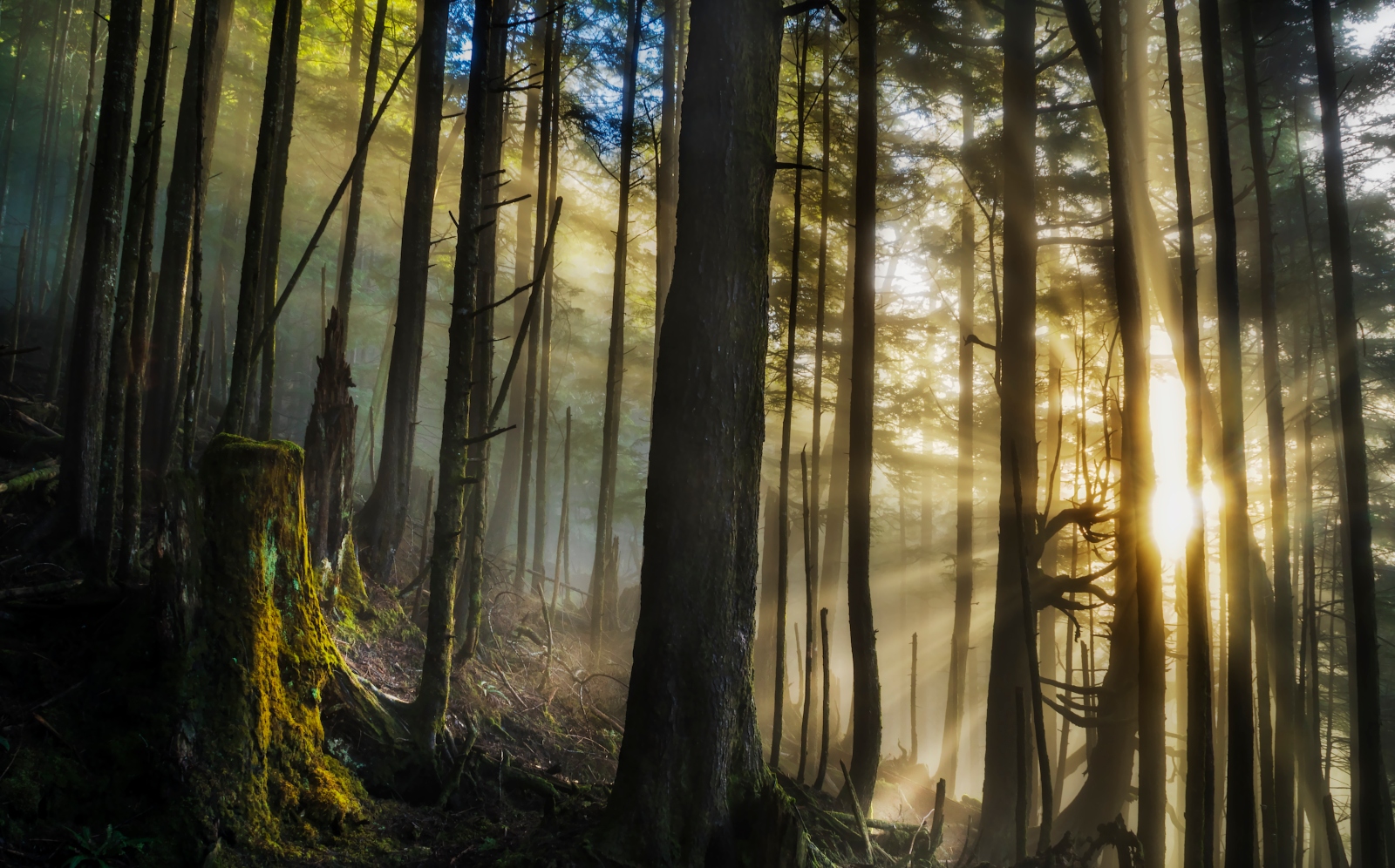Joan Maloof is the founder and co-executive director of the Old-Growth Forest Network, a 10-year-old national nonprofit that has identified and protected 165 old-growth forests across the U.S.
On Earth Day, President Biden signed an executive order declaring the nation’s oldest and largest trees worthy of federal protection. His order directed the creation of a national inventory of mature and old-growth forests on federal land, recognizing they are an essential climate solution. The results of this survey are due by Earth Day 2023.
Yet the U.S. Forest Service and the Bureau of Land Management — the very agencies charged with conducting the inventory — continue contracting with a timber industry that hires loggers to cut these invaluable trees. Bigger trees bring bigger profits. These two agencies manage roughly 250 million acres of land. According to a new report by the Climate-Forests Coalition, a group of more than 100 environmental nonprofits of which my organization is a member, ongoing logging projects threaten 240,000 acres of mature and old-growth trees on federal land: These trees are at risk despite Biden’s executive order.
Part of the problem is that no conclusive definitions of “mature” and “old-growth” have ever been agreed upon. However, forests start to develop old-growth characteristics at around 80 years of age: fallen trees, fungi, cascading food-networks of microorganisms. The soil develops a micro-climate of moisture for seeds from mature trees to drop and grow, creating a multi-aged forest.
Logging is the largest source of carbon emissions from U.S. forests — more than forest fires, insect infestations, droughts, development, and windstorms combined. Mature trees draw in and store hundreds of times more carbon than the seedlings planted in their stead. Logged trees release more than 60 percent of their carbon when they’re cut, and more is released by the soil and by slash piles of twigs and branches when they are burned. Though trees killed by insects or disease emit carbon dioxide, it is in very small amounts, gradually, as they decompose. More than a century will pass before newly planted seedlings can match the carbon uptake of their razed elders — assuming they survive growing up in the increasingly extreme weather of our warming planet.
As the federal government procrastinates on protecting mature and old-growth trees, people in towns and communities all over the country are working to save their forests.
Earlier this year, the Tennessee Heartwood organization collaborated with local activists to stop the state’s Wildlife Resources Agency from clearcutting parts of the publicly owned Bridgestone Firestone Centennial Wilderness Area, including hardwood interior forest and possibly old-growth groves. Republicans, Democrats, hunters, environmentalists, and businesspeople joined to petition the state legislature, which reprimanded the Wildlife Resources Agency and replaced its top leadership.
In Lyme, Connecticut, the town funded a part-time position to lead an open-space commission, then created and generously funded a land-acquisition account. The commission identifies parcels to protect and works in concert with local land trusts and owners to place strong no-logging easements on the land. The town has defended its forests from developers and can boast that half the acreage of Lyme is preserved as open space.
Maryland’s Schoolhouse Woods covers just 14 acres on Wye Island, but it is a jewel of towering oaks, sycamores, tulip poplars, beech, and hickory trees on a state-owned natural resource management area managed by the parks system. But it was not protected from logging. Local citizens approached the state’s Department of Natural Resources and asked for protection for the forest. When that went nowhere, advocates — including my organization — found a state representative willing to sponsor a bill protecting old-growth forests on state-owned land. On the last day of this spring’s session, the bill passed by a wide margin.
In Wooster, Ohio, a city-owned park that covers 425 acres exists because a resident looked for the oldest forest in his community — and bought it. Over the next 10 years, he bought adjacent parcels. He ultimately donated the entire forest to the town as a memorial park. The Friends of Wooster Memorial Park formed to care for it, and it continues to purchase adjoining properties.
Sometimes it takes just one person. In 1980, a miner who lived near the Opal Creek Forest in Oregon started removing the stakes marking trees to be cut in the Willamette National Forest. Thus ensued a 16-year battle between the U.S. Forest Service, which intended to use the area for “timber production,” and local citizens, who wanted the forest preserved. The oldest tree at Opal Creek is a Douglas fir that stands more than 270 feet high and is estimated to be 1,000 years old. In 1996, soon-to-retire U.S. Senator Mark Hatfield pushed through legislation that protects Opal Creek as a wilderness area.
The forests that each of these groups or individuals saved continue to draw huge amounts of carbon dioxide out of our atmosphere. They inspire me to continue speaking for the trees, no matter what. You can add your voice for the forests by contributing a public comment now through August 30 on setting the parameters for what defines a mature forest (we’ve put together a toolkit to help). We’re calling for protecting trees 80 years old and older, our next generation old-growth forests.
We will keep the pressure on our President and federal agencies to stop cutting our biggest, oldest trees from federal lands. Until then we must do everything we can right in our own backyards.
The views expressed here reflect those of the author.
Fix is committed to publishing a diversity of voices, and we want to hear from you. Got a bold idea, fresh perspective, or insightful news analysis? Send a draft, along with a note about who you are, to opinions@grist.org.




